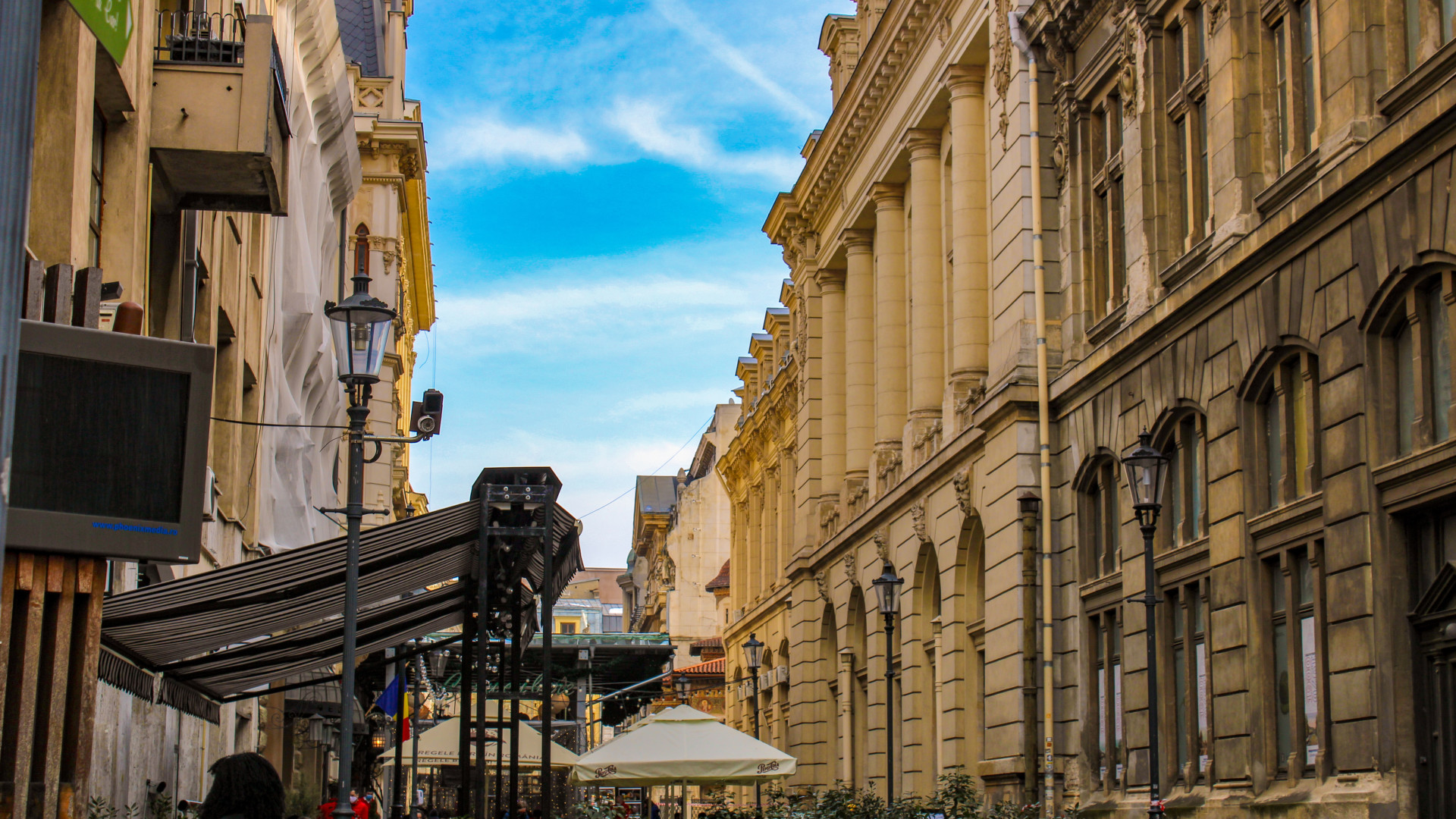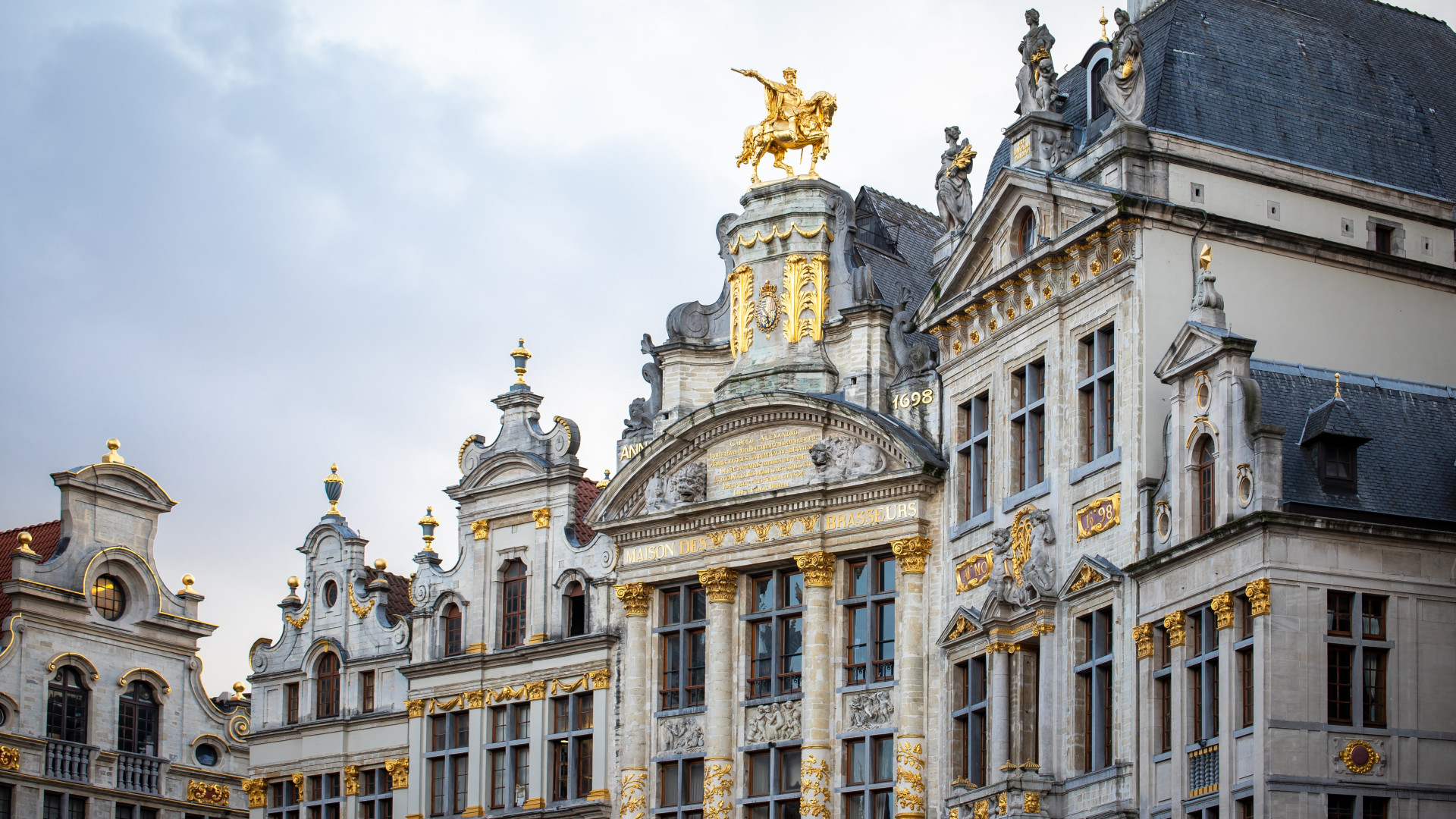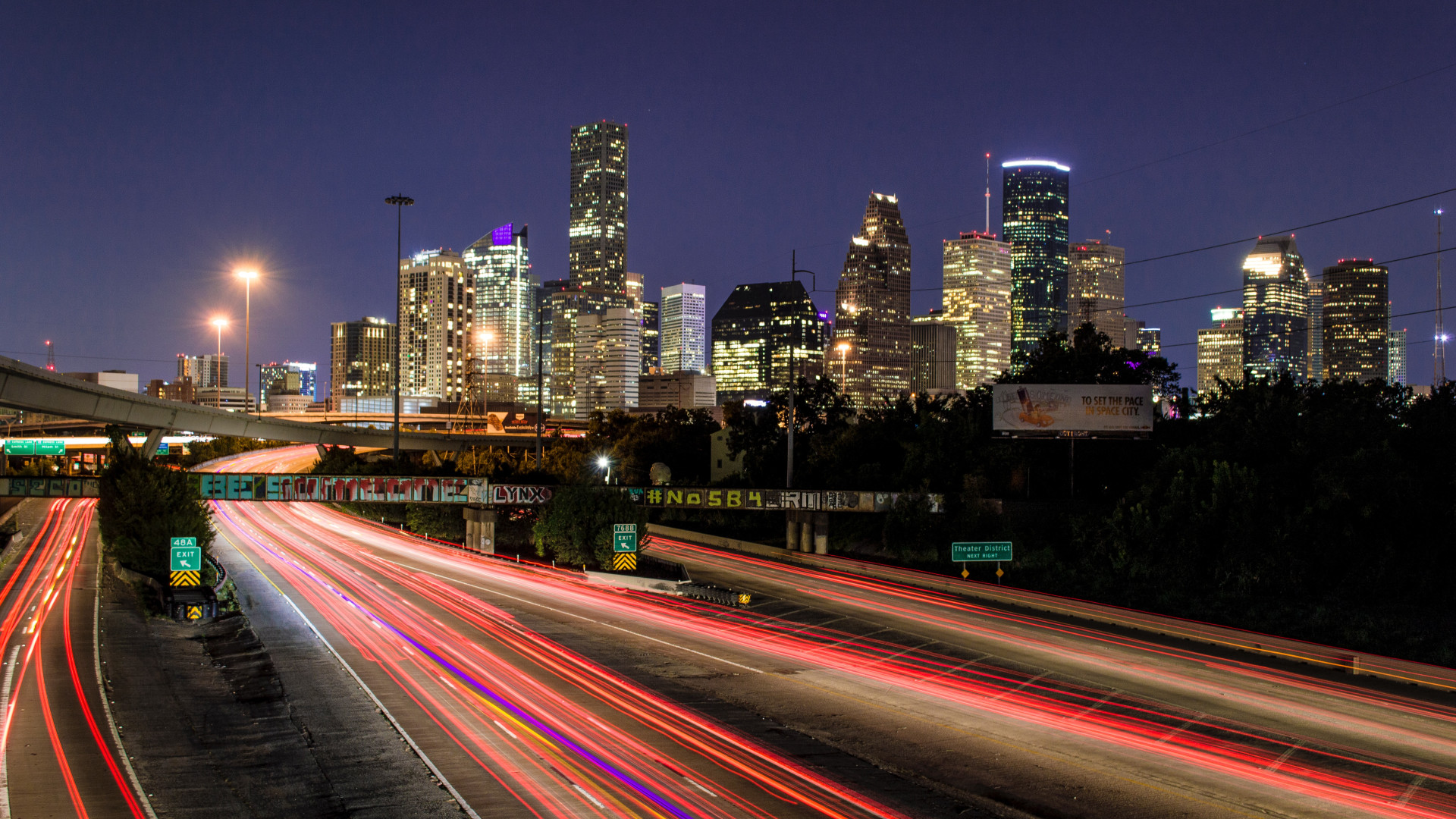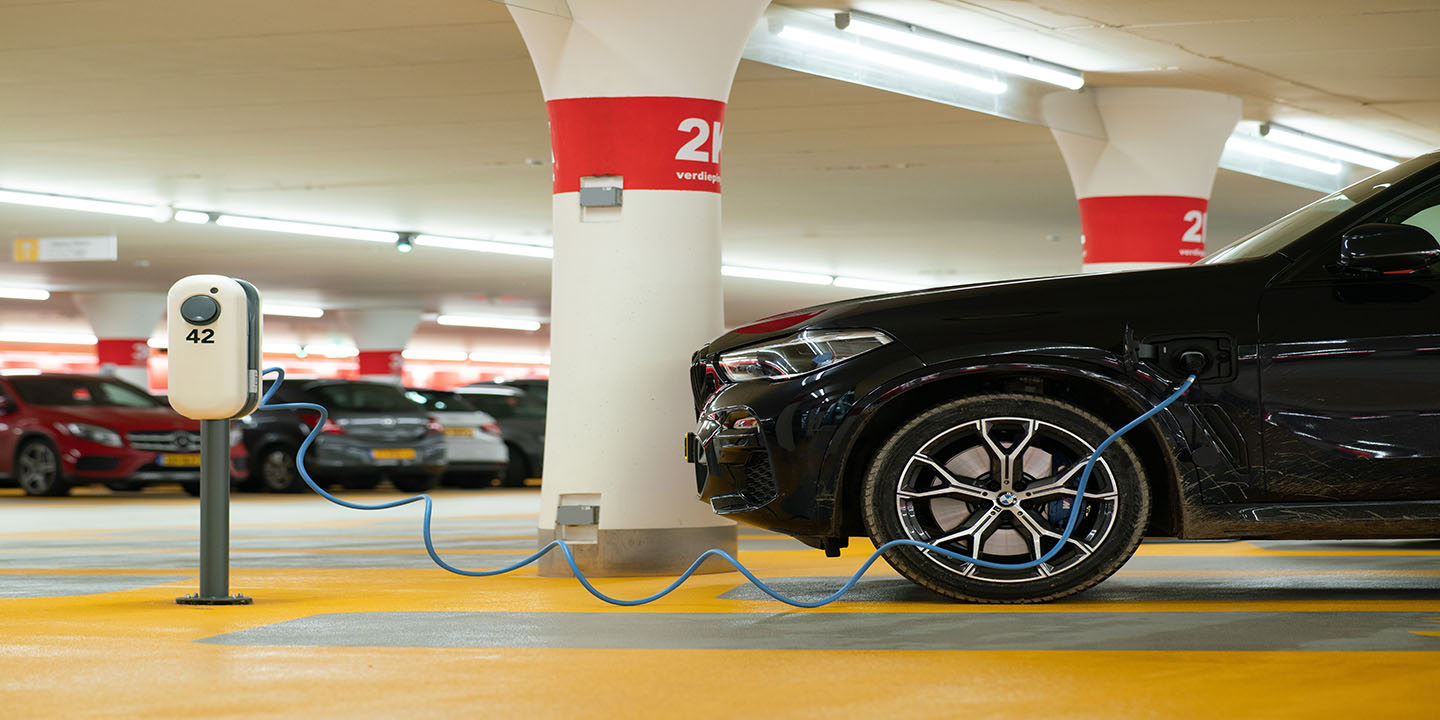The Commuter's Nightmare: The 5 Worst Transit Systems in North America and Europe
Public transit is an integral part of urban life, enabling people to commute efficiently and sustainably. Yet, some cities are failing to provide an efficient, reliable, and effective transportation system. This makes it difficult for those who don’t have access to a personal vehicle to get around effectively and on time. Here we explore five North American and European cities that, for various reasons, are notorious for their poor transit systems.
1. Detroit, Michigan, USA
Known as the "Motor City" due to its rich automotive history, Detroit ironically has a struggling public transit system. The Detroit Department of Transportation (DDOT) is plagued by a reputation for unreliability and inefficiency.
Approximately only 30% of buses arrive on time, resulting in lengthy and unpredictable waiting periods for commuters. The coverage is limited and fails to adequately serve the city's vast boundaries, leaving many neighbourhoods inaccessible. The lack of investment in public transit and the reluctance to rejuvenate aging infrastructure exacerbate these issues.
While the QLine streetcar system services a minuscule portion of the city, its modern appearance stands in stark contrast to the overall struggling transit system in Detroit.
 Photo by Alex Brisbey on Unsplash
Photo by Alex Brisbey on Unsplash
2. Bucharest, Romania
In Europe, Bucharest, the capital of Romania, is struggling with its public transit system. The city's buses, trams, and trolleys are notorious for their unpredictable schedules and overcrowded conditions.
Despite the city's extensive tram network, it is poorly maintained, with many lines still using outdated rolling stock. Buses and trolleys are often so crowded that many people are left waiting for the next one.
Ticketing is another area of concern in Bucharest. The city uses a card-based system that has been criticized for its unreliability, and in many cases, the card readers on buses and trams do not work properly, causing additional problems for commuters.
 Photo by David Pupăză on Unsplash
Photo by David Pupăză on Unsplash
3. Los Angeles, California, USA
Despite its global allure, Los Angeles is renowned for its car-centric culture, which has led to an underdeveloped public transportation system. The city's sprawling layout and deeply ingrained car culture pose significant challenges to creating effective public transit.
Los Angeles' metro system, while functional, has limited coverage and often fails to connect people to their destinations. Meanwhile, buses face traffic congestion and can be unreliable.
The city's car dominance has also led to a lack of pedestrian-friendly infrastructure, with many areas lacking sidewalks or safe crosswalks. This creates an additional barrier for those relying on public transportation.
 Photo by Venti Views on Unsplash
Photo by Venti Views on Unsplash
4. Brussels, Belgium
The Belgian capital Brussels, despite being the administrative heart of the European Union, struggles with its public transit system. The city's transit operator, STIB-MIVB, faces criticism for its unreliable services, including trams, buses, and the metro.
Buses and trams often do not adhere to schedules, causing inconvenience for commuters. The metro system, while extensive, can be overcrowded during peak hours, leading to uncomfortable journeys. Also, despite the city's compact size, many areas are poorly serviced, and connections between different lines can be confusing for new users.
 Photo by Stephanie LeBlanc on Unsplash
Photo by Stephanie LeBlanc on Unsplash
5. Houston, Texas, USA
Houston, the fourth-largest city in the US, is unfortunately not known for its public transportation. Its bus service, run by the Metropolitan Transit Authority of Harris County (METRO), is often criticized for its unreliability and inefficiency.
With a public transit system that is underfunded and not expansive enough to cover the city effectively, many residents have no choice but to drive. This issue is further compounded by the city's sprawling layout, which makes it challenging to provide comprehensive transit service.
While Houston has a light rail system, its reach is limited and does not cater to a large portion of the population. Houston's struggle with public transit illustrates the difficulties many sprawling American cities face in providing efficient, city-wide public transportation.
 Photo by Kevin Hernandez on Unsplash
Photo by Kevin Hernandez on Unsplash
It's clear that efficient and reliable public transit is more than just a convenience; it's a necessity for urban life. It's a critical factor in the livability of a city, impacting everything from economic productivity to quality of life and even environmental sustainability. From outdated infrastructure and limited coverage to irregular schedules and a lack of investment, these cities highlight the pressing need for improved public transportation. Progress may be slow, but it's essential to ensure that residents of these cities - and countless others with similar issues - can enjoy the benefits of a robust and efficient public transit system.






